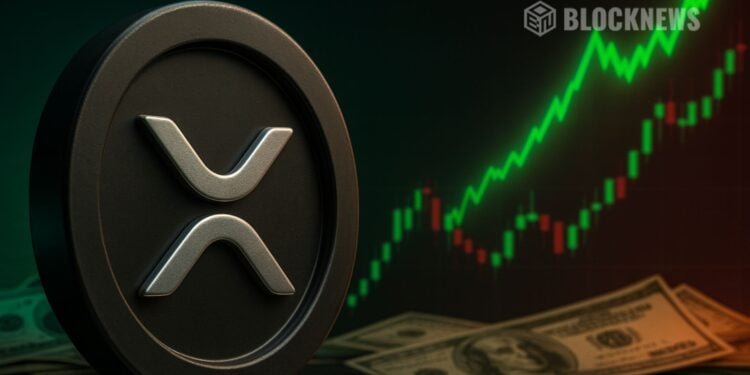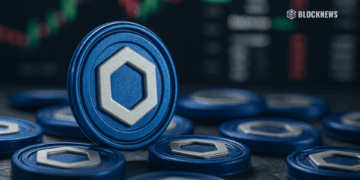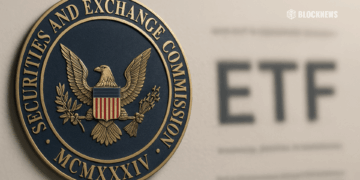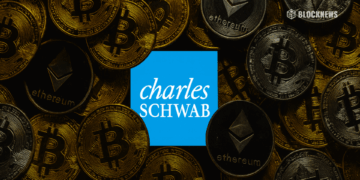- Demanincor suggests XRP should be used as collateral, not sold for short-term gains.
- Borrowing against XRP lets holders gain liquidity while keeping long-term exposure.
- This mirrors elite wealth strategies, turning XRP into a long-term growth asset instead of just a trade.
The conversation in crypto is shifting. Instead of everyone obsessing over quick flips and short-term gains, more people are starting to look at how digital assets can actually be used strategically—almost like the wealthy have always done with their real-world holdings.
One voice leading this perspective is Cypress Demanincor (@CDemanincor), who recently explained on X that XRP shouldn’t just be seen as something to sell for profit. Instead, it could be managed the same way elites handle stocks, property, or even art—by using it as collateral rather than cashing out.
Playing the Long Game Like the Wealthy Do
Demanincor pointed out that the ultra-wealthy rarely sell their appreciating assets. They don’t dump their stocks every time they need money. They don’t sell off properties just to pay for a new venture. Instead, they borrow against these assets, keeping exposure to future growth while still gaining liquidity when needed.
He stressed that “it’s not about chasing crazy yields” or gambling on the next hype wave. It’s about building wealth the way it’s been done for decades—leveraging what you already own while keeping your long-term position intact. Applied to XRP, that means avoiding the temptation to sell during volatility and instead using it as a tool to strengthen your financial position.
How Collateralization Could Work for XRP Holders
Take an example: someone holding $20,000 worth of XRP suddenly needs $10,000 for an emergency. The old move would be to sell part of their stack. But under this collateralization model, they could borrow against it instead. This keeps their XRP intact, giving them liquidity now while still riding any potential future upside.
Crypto lending platforms and banks exploring token-backed loans are making this more accessible. XRP holders could even lend to institutions, earning passive income while still maintaining their position. With XRP supply shrinking and scarcity increasing, the potential upside only strengthens the case for not selling too soon.
Building Wealth Without Letting Go
The bigger picture here is that this strategy mirrors the wealth models already proven in traditional finance. Whether it’s margin loans on equities or home equity credit lines, the idea is the same: don’t sell the goose that lays the golden eggs.
For XRP holders, collateralization means staying in the game long-term while solving short-term liquidity needs. As Demanincor and others argue, selling too early could mean missing out on the very growth that makes XRP valuable in the first place.














